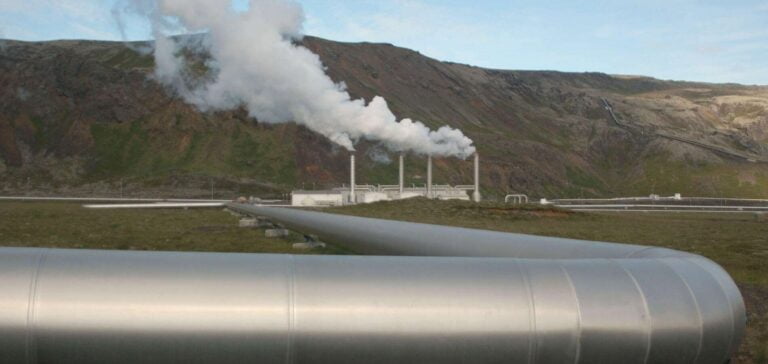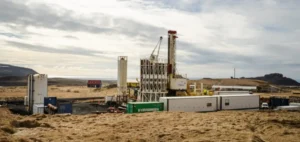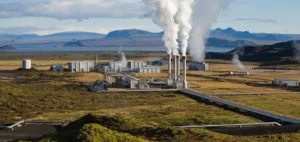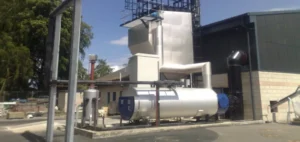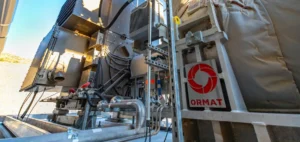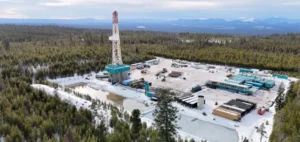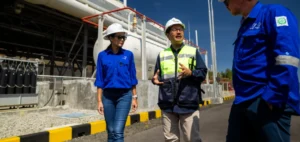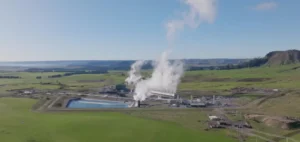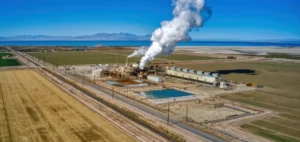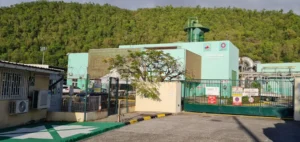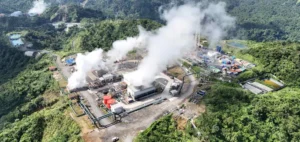This result represents a major milestone in the development of the first SuperHot Rock (SHR) geothermal resource in the United States.
The project paves the way for scalable, low-cost geothermal energy worldwide.
A long-term technological research partnership
University of Oklahoma and Baker Hughes experts used AltaRock data to run simulations.
This made it possible to model the technical and economic performance of a SuperHot Rock geothermal reservoir and a couple of wells over a 30-year period.
These promising results also provide extraordinary insight into the progress of reservoir development and management, as well as the energy conversion technologies that AltaRock and its technical collaborators are developing.
The smallest environmental footprint of all renewable energy sources
The analysis concluded that SuperHot Rock’s resources could achieve a competitive discounted cost of electricity of $0.10/kilowatt-hour.
The significant cost difference between the two systems results from an energy density five to ten times higher than conventional EGS wells.
In addition, water and surface requirements would be reduced, as this technology can use conventional geothermal infrastructure.
“Once proven in the field, SuperHot Rock geothermal resources will provide carbon-free energy at a competitive price […] SuperHot Rock geothermal energy has the smallest environmental footprint of any renewable energy source […] We believe it has the potential to meet a significant portion of the world’s energy demand by 2050,” says Geoff Garrison, vice president of research and development at AltaRock.
AltaRock Energy plans a formal demonstration of the first SHR well system by 2025 at Newberry Volcano, followed by commercial development by 2030.


